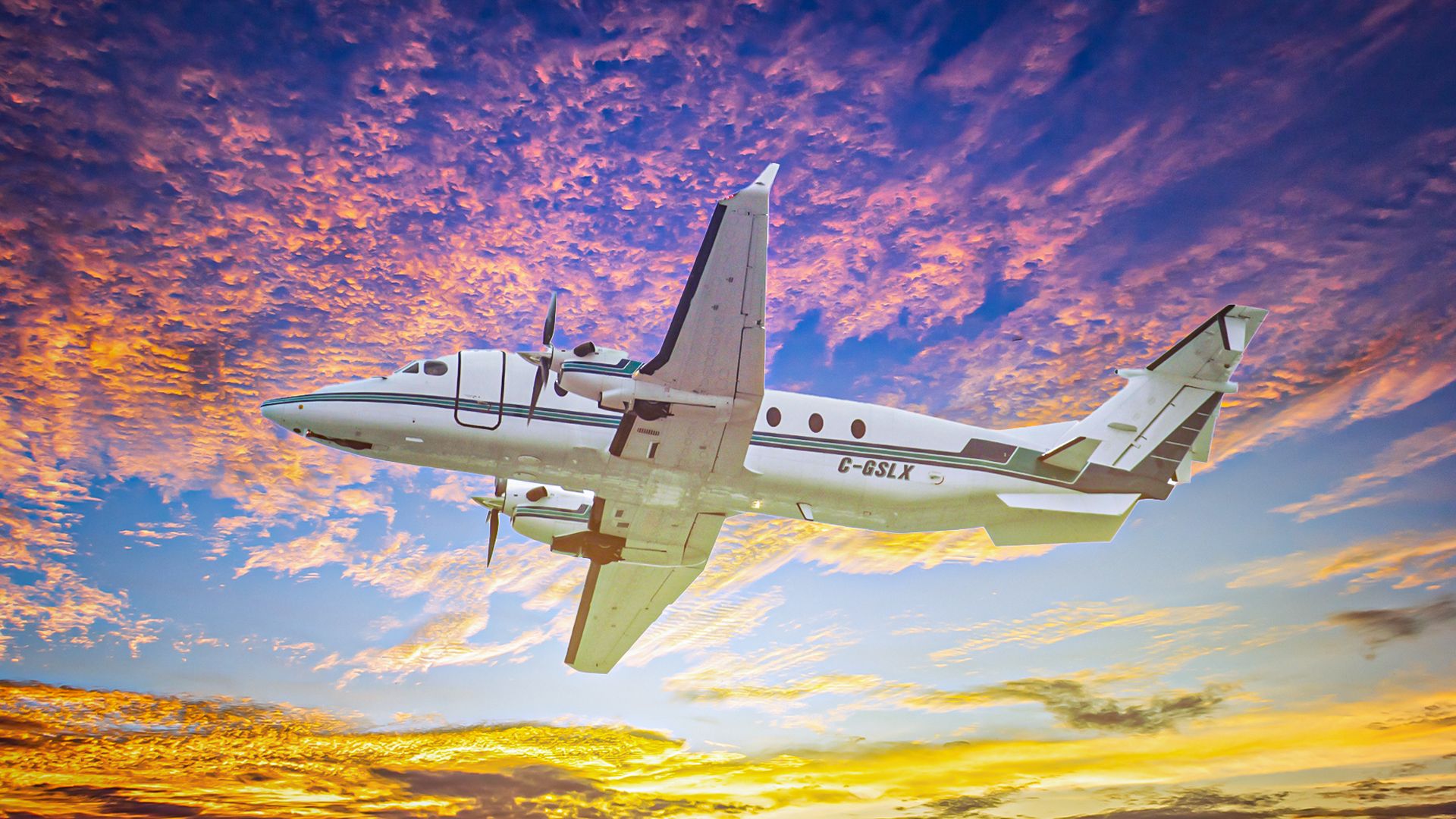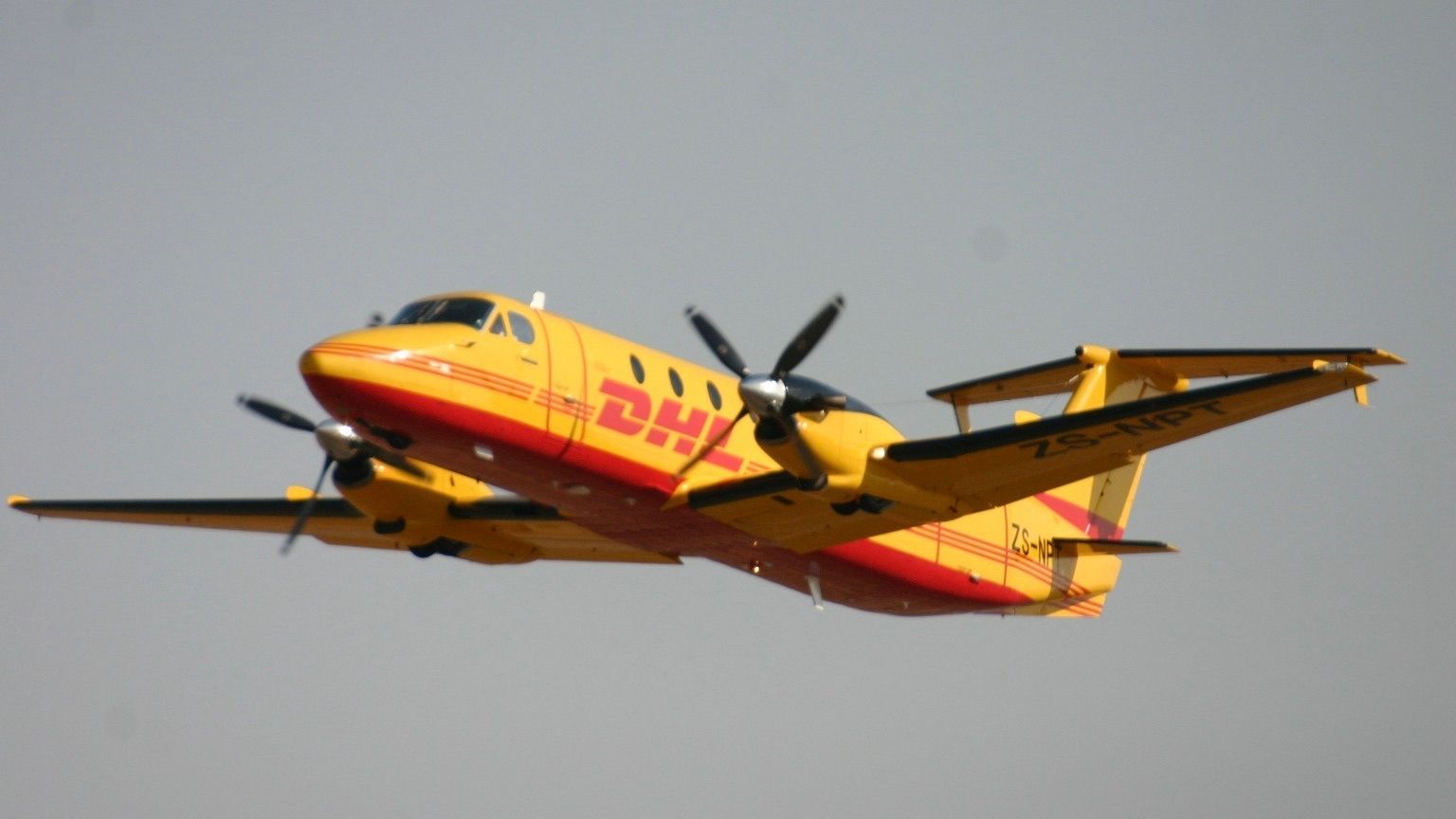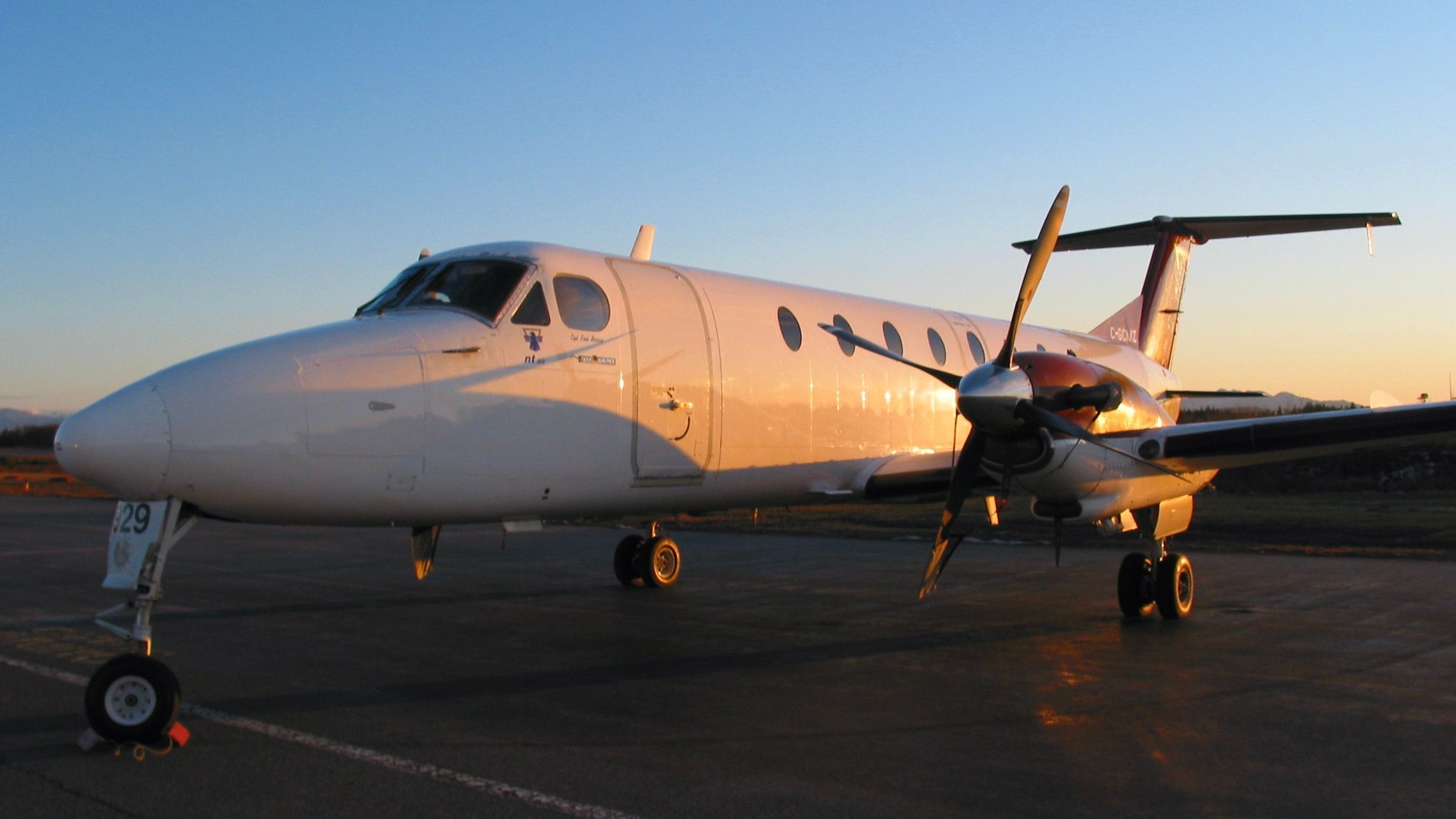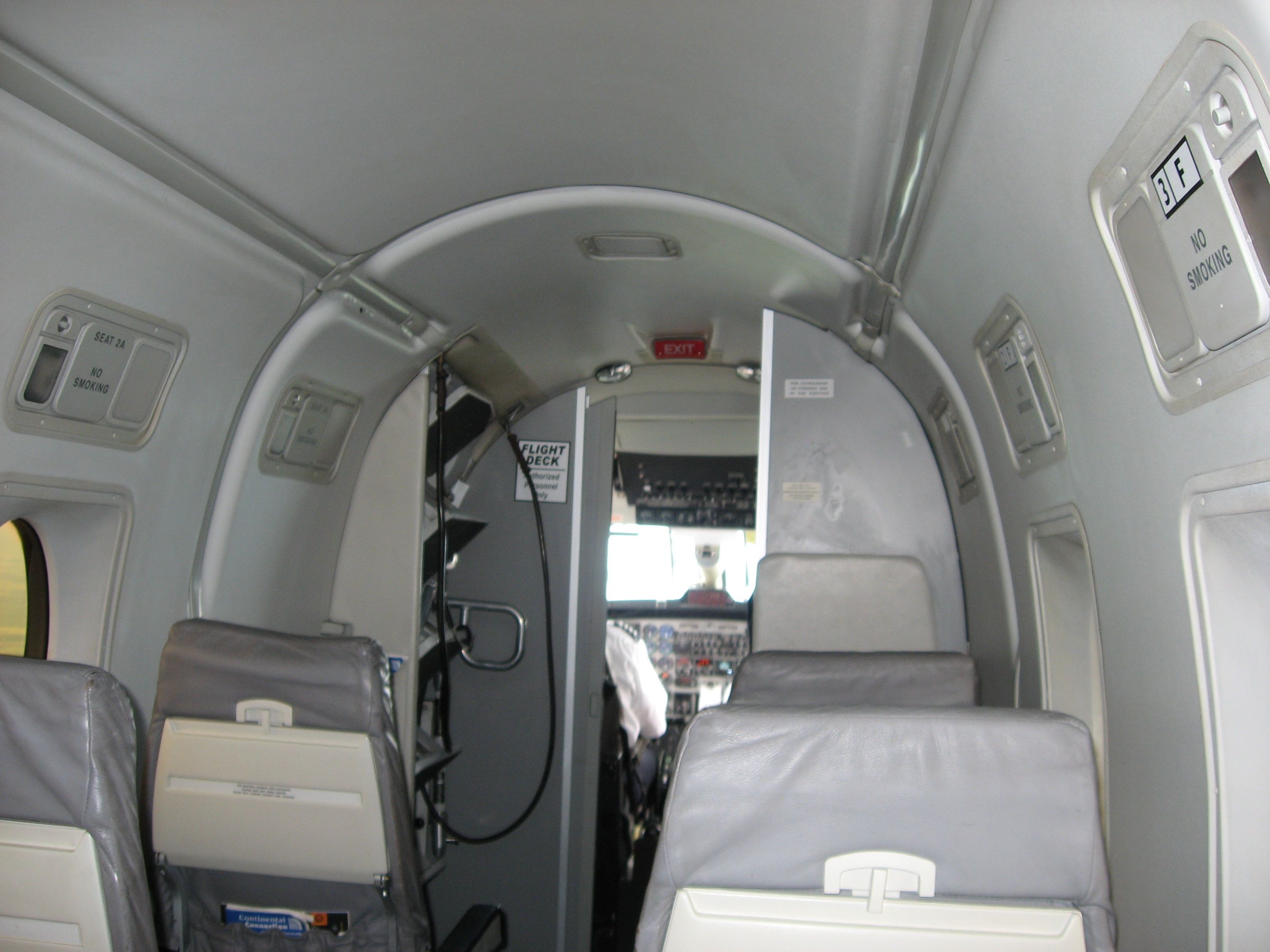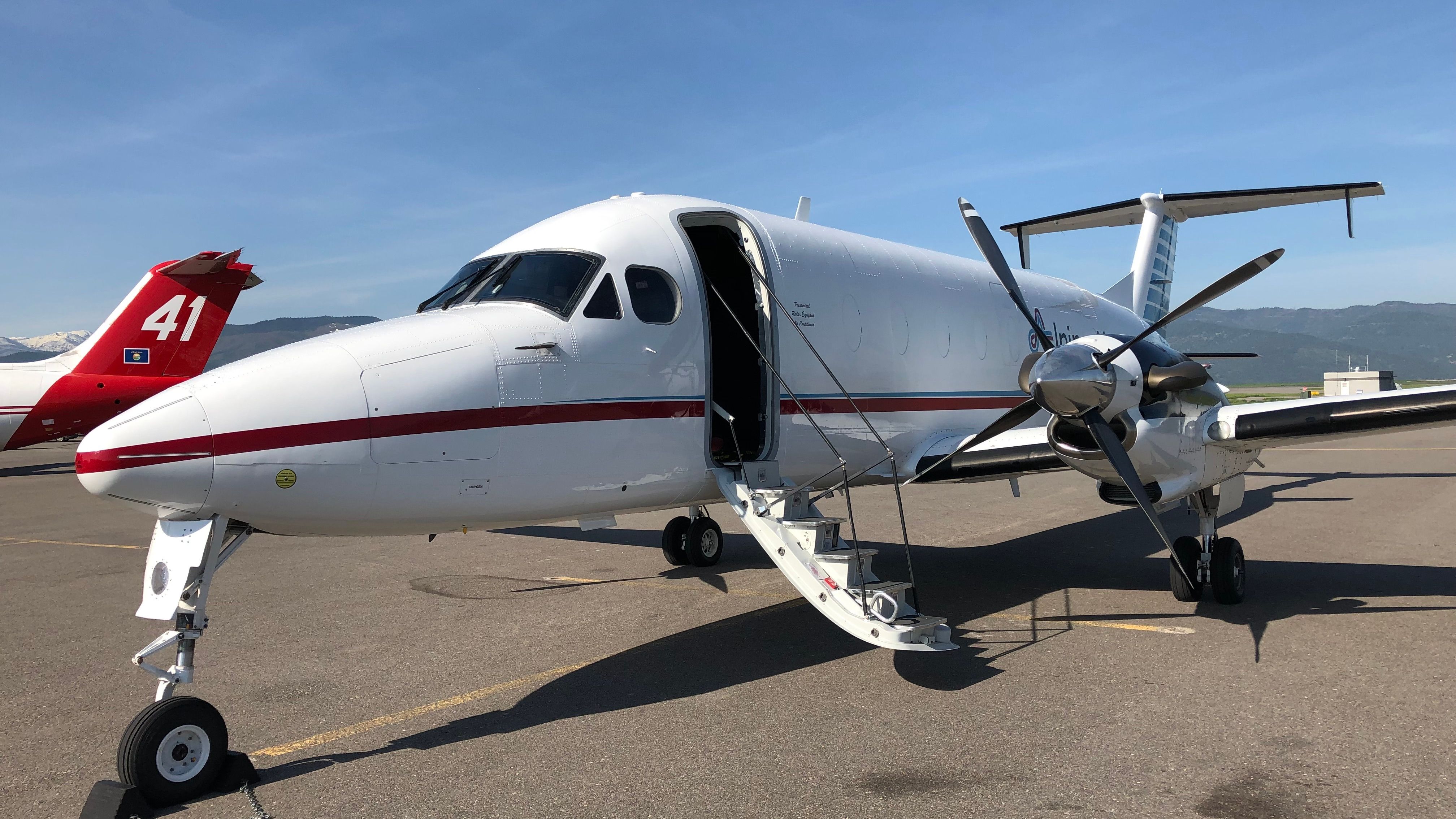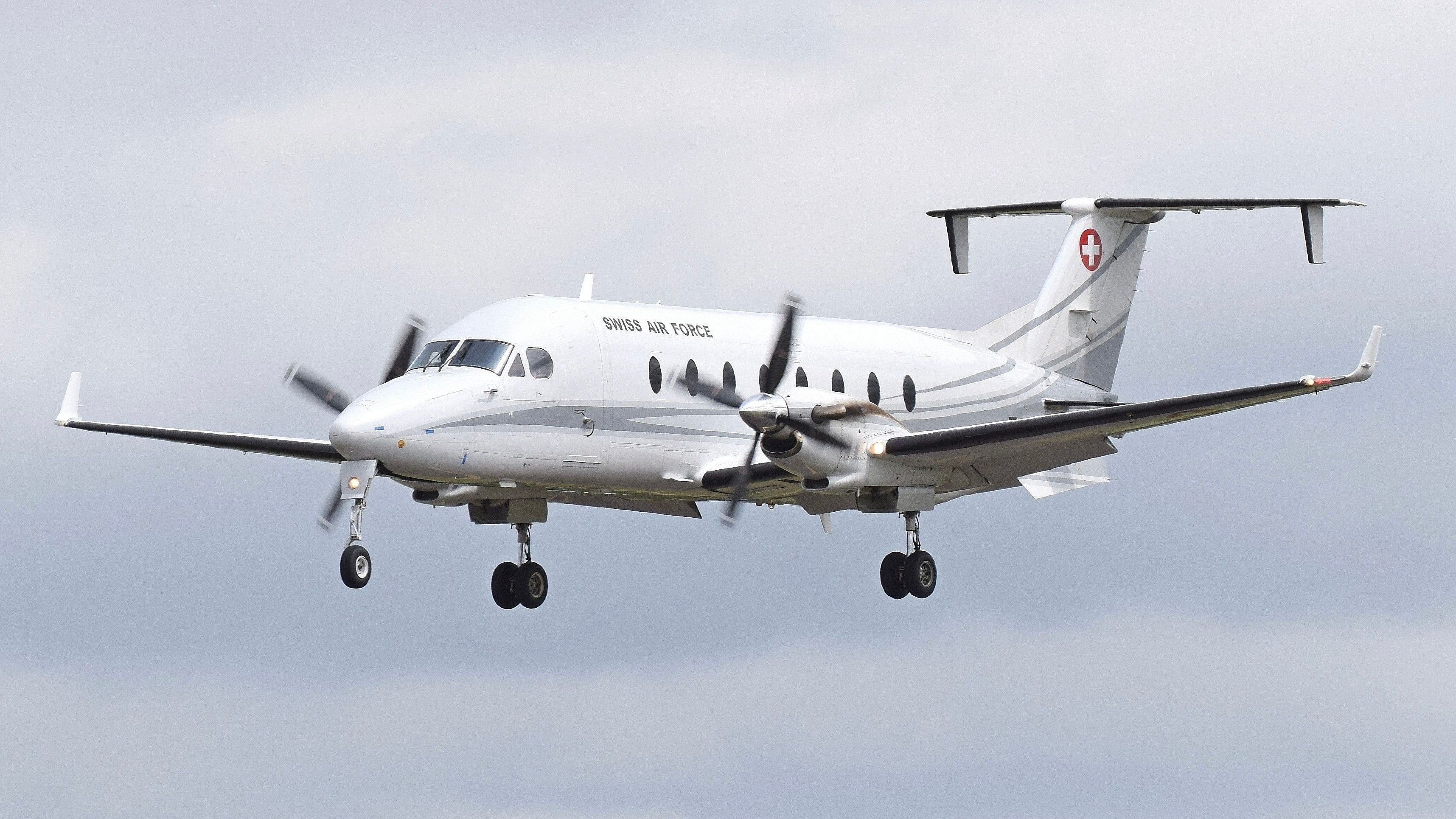Summary
- The Beechcraft 1900 is a versatile, sturdy turboprop with a range of 600 miles.
- Developed from the King Air, the 1900 competed with the British Aerospace Jetstream.
- Variants include the 1900D with stand-up cabin, corporate ExecLiner, and Super Freighter.
The Beechcraft 1900 can be described as the ultimate utility turboprop as it is very much a multi-purpose aircraft. Although it is no longer produced, it still remains a sturdy workhorse in the aviation world. Let’s find out more about this popular aircraft.
Introduction to the Beechcraft 1900
The Beechcraft 1900 is a twin-engine turboprop aircraft manufactured by Beechcraft, a division of the Raytheon Company (now Textron Aviation). It has been used as a cargo aircraft, regional airliner, and for corporate transport. It is often used for government and military organizations.
The Beechcraft 1900 was developed from the Beechcraft Super King Air. It was designed to transport passengers in all weather conditions and at airports with short runways. Its range is 600 miles (970 kilometers) although operators rarely fly it that far. It is still in use today and is the most popular 19-seat passenger aircraft to this day.
Development stages
It all began with the Beechcraft Model 50 Twin Bonanza, a five-seater utility aircraft, that was mostly in use by the US Army. Beechcraft decided that a larger cabin was needed and that became the Model 65 Queen Air. This was then modified to add turboprop engines and cabin pressurization and became the Model 90 King Air.
This model was then stretched further, to be named the Model 200 Super King Air. Beechcraft built the next variation, the Beechcraft 1900 from that. The idea was that it could compete with the likes of the British Aerospace Jetstream.
A little history
The 1900 first flew on September 3, 1982, and was certified by the FAA on November 22, 1983. The aircraft entered service in February of the following year. In 1985, Beechcraft added its first corporate version of the 1900 to the variant, calling it the ExecLiner. In total, 695 of the Beechcraft 1900 have been built. In 1991, the aircraft cost $3.95 million. Raytheon ended production of the aircraft in October 2002 as they could see that the market trend was for much larger regional jets.
Similar to the King Air
The cockpit controls stayed very similar to that of the original King Air. The fuselage continued to get larger for more cabin space. Small horizontal stabilizers were added at the rear of the fuselage, and fins were installed on the tail. Although two pilots were required for flights operating with passengers, only one was needed in cargo or corporate operations, the same as the King Air.
Aircraft Performance
The Beechcraft 1900 has two Pratt and Whitney Canada PT6A turboprop engines:
- The 1900 and 1900C have the PT6A-65B engines with 820kW horsepower.
- The 1900D models have the PT6A-67D engines with 954kW horsepower.
- The propellers have four blades and are made by Hartzell.
At 23,000 feet, the 1900D cruises at 289 knots (520 kilometers per hour), burning 772 pounds (350 kg) per hour. It can take off from 3,740-foot runways, which could be grass, dirt, or gravel. The aircraft can fly up to 25,000 feet.
Specifications of the Beechcraft 1900D
General characteristics
- Crew: 1 (2 for airline operations)
- Capacity: 19 passengers and 6,356 lb (2,882 kg) useful load
- Length: 57 ft 8 in (17.62 m)
- Wingspan: 57 ft 9 in (17.64 m)
- Height: 15 ft 5 in (4.72 m)
- Empty weight: 10,874 lb (4,932 kg)
- Gross weight: 17,227 lb (7,814 kg)
- Max takeoff weight: 17,120 lb (7,764 kg)
- Fuel capacity: 4,458 lb (2,022 kg)
- Fuel type: Jet A recommended, others usable
- Powerplant: 2 × Pratt and Whitney Canada PT6A-67D turboprops, 1,279 shp (955 kW) each
Performance
- Cruise speed: 280 kn (322 mph, 518 km/h) at 20,000 ft (6,100 m)
- Range: 382 nmi (439 mi, 707 km) with 19 passenger payload
- Ferry range: 1,245 nmi (1,432 mi, 2,306 km)
- Service ceiling: 25,000 ft (7,620 m)
- Rate of climb: 2,615 ft/min (13.28 m/s)
Avionics
- Rockwell Collins EFIS-84 Electronic Flight Instrument System
Variants of the Beechcraft 1900
The original 1900 had two airstair boarding doors and a small cargo door that gave access to the baggage compartment, just like the King Air. The 1900C took away the rear boarding door and replaced it with a larger cargo door to gain more access to the baggage compartment. Later editions of the 1900C had sections of the wings sealed off to be used as fuel tanks, increasing its range.
The 1900D was developed in 1991 and introduced the stand-up cabin, allowing more passenger comfort. This added weight and drag to the aircraft, so more powerful engines were added along with new propellors, winglets and a larger tail. The cockpit was upgraded to the Rockwell Collins Electronic Flight Instrument System (EFIS). The 1900D was the most popular variant of the 1900 and 439 of the 1900D were built.
Other variants of the Beechcraft 1900 are the corporate ExecLiner and the Super Freighter, which was specially designed for cargo and single pilot operation. There was also a military version of the 1900 called the Military C-12J.
Operators of the aircraft
Although originally built as a regional airliner, it developed into a multi-use utility aircraft for different missions. Operators include Air New Zealand Link, Ameriflight, DHL, Alpine Air Express and Central Mountain Air. The Swiss Air Force, the US Army and the Egyptian Air Force also use the Beechcraft 1900.
